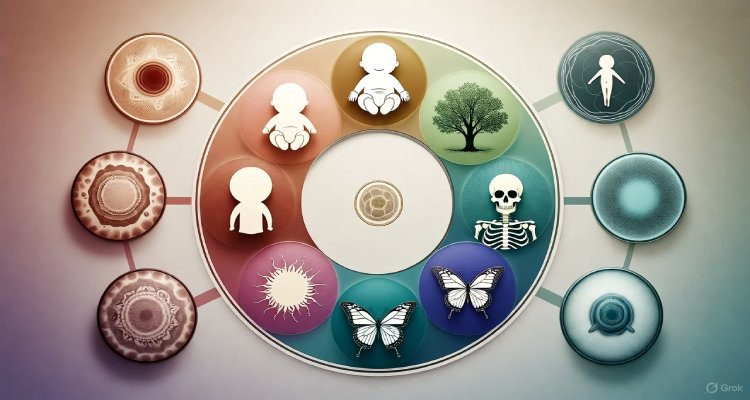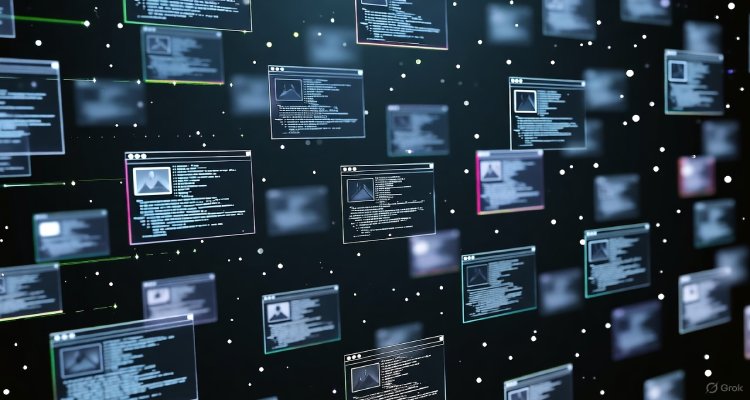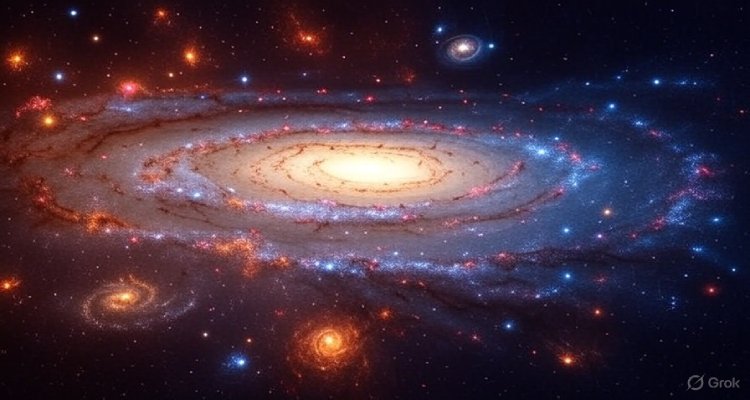From Atoms to Galaxies: The Latest in Science Today
From quantum breakthroughs to cosmic discoveries, explore today’s most exciting scientific advancements shaping the future—from the tiniest atoms to the vastest galaxies.
Introduction: Science Is Having a Moment—From the Infinitesimal to the Infinite
From the invisible dance of atoms to the swirling spectacle of distant galaxies, science is rewriting what we know about our universe. In recent months, a wave of breakthroughs across multiple disciplines has transformed theoretical questions into experimental reality. Whether it’s the manipulation of quantum matter, the mapping of dark energy, or revolutionary strides in artificial intelligence and biotechnology, the scientific frontier is advancing with unprecedented speed—and it’s reshaping how we understand existence itself.
Context: The Age of Interconnected Discovery
Scientific progress no longer unfolds in isolated silos. Physicists, astronomers, biologists, and engineers now operate in a hyper-collaborative ecosystem powered by AI, supercomputing, and open-source research. This integrated approach has led to simultaneous advances in fields once thought disconnected.
For instance, understanding particle behavior in quantum mechanics is now key to developing materials for space exploration, while telescope data aids climate modeling back on Earth. As new tools like the James Webb Space Telescope (JWST), CERN’s Large Hadron Collider (LHC), and quantum processors from Google and IBM come online, scientists can probe deeper into time, matter, and reality.
Main Developments: Five Breakthroughs Reshaping Science Today
1. Quantum Superposition at Room Temperature
Physicists at the University of Chicago have achieved stable quantum superposition at room temperature—a holy grail for quantum computing. The breakthrough uses silicon carbide, a commercially viable material, to preserve quantum states without the need for ultra-cold environments. This could dramatically accelerate quantum computer development, bringing real-world applications in cryptography, pharmaceuticals, and logistics closer to fruition.
2. James Webb Telescope Detects Possible ‘Dark Star’ Candidates
NASA’s JWST recently detected unusual infrared signatures from the early universe that some physicists believe may point to “dark stars”—hypothetical celestial objects powered not by fusion but by dark matter annihilation. If confirmed, this would offer the first observational evidence of dark matter interactions, potentially unlocking one of physics’ greatest mysteries.
3. Artificial Photosynthesis Breaks Efficiency Records
Researchers in Germany have developed a new artificial photosynthesis system that converts sunlight, water, and carbon dioxide into usable fuel with over 20% efficiency—far surpassing previous models. This innovation could pave the way for carbon-neutral energy solutions, particularly for industrial and aviation sectors.
4. Human Brain Cells in AI Chips
In a controversial but groundbreaking development, Australian scientists have embedded living human brain cells into microchips. Dubbed “DishBrain,” this bio-AI hybrid has demonstrated the ability to learn simple tasks, sparking ethical debates and excitement over neuromorphic computing.
5. Evidence of Interstellar Meteor Debris Confirmed
A team led by Harvard’s Avi Loeb has confirmed metallic spherules found in the Pacific Ocean originated from an interstellar object—only the third such body detected. This suggests interstellar materials are more common than previously believed, offering rare insight into chemistry beyond our solar system.
Expert Insight: “We’re at a Crossroads of Discovery”
Dr. Lisa Randall, a theoretical physicist at Harvard, told Science Weekly, “This is an era where we’re simultaneously peering into the deepest past of the universe and manipulating the quantum fabric of reality. That convergence is unprecedented.”
Public fascination is also growing. Reddit’s science forums are buzzing with questions about the ethics of bio-AI hybrids and whether dark stars challenge the standard model of cosmology. On TikTok and Instagram, educational science content has surged in popularity, bringing complex discoveries to a global audience in real time.
Impact and Implications: A Future Already in Motion
These breakthroughs are more than academic milestones—they carry real-world consequences. Quantum computers could disrupt cybersecurity as we know it. Artificial photosynthesis might transform global energy markets. Bio-AI chips could revolutionize prosthetics or neural interfaces—if ethical hurdles are cleared.
In space science, the potential discovery of dark stars or interstellar materials could lead to a new era of astrophysics, challenging long-held theories about the early universe, galaxy formation, and even the nature of time itself.
Conclusion: A Universe of Unanswered Questions—and New Tools to Answer Them
From atoms to galaxies, the tapestry of science is expanding at every scale. These discoveries are not just technological achievements but philosophical milestones. They challenge our assumptions about consciousness, reality, and the origins of the universe.
In the coming decade, we may answer age-old questions: What is dark matter? Can quantum physics and gravity be unified? Can artificial intelligence become sentient? The journey has only begun—but humanity now has the map, the tools, and the curiosity to explore every corner of the unknown.
Disclaimer: This article is for informational purposes only. It does not offer medical, legal, or investment advice.











